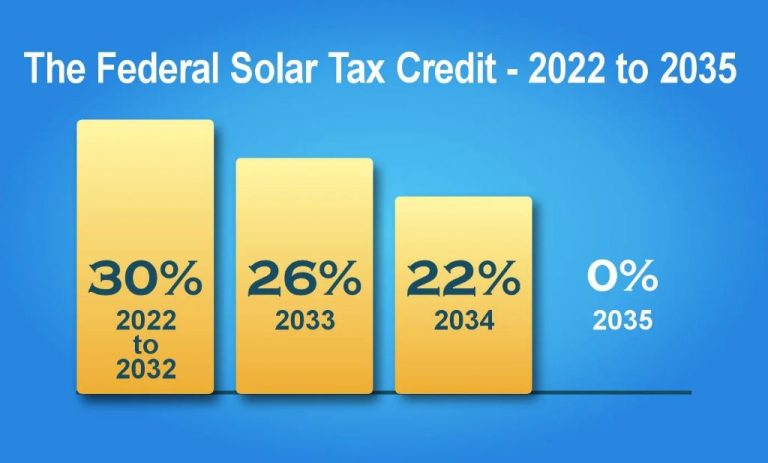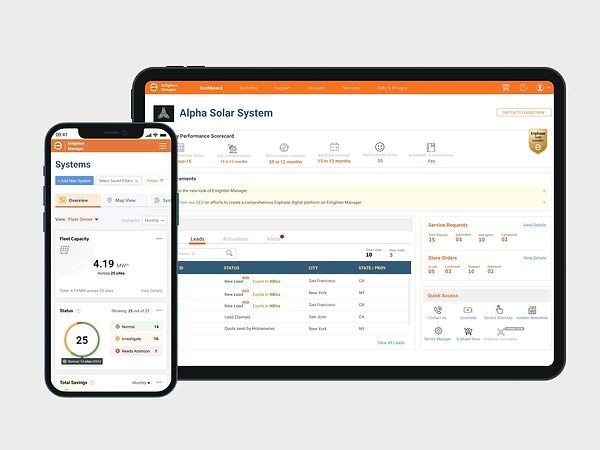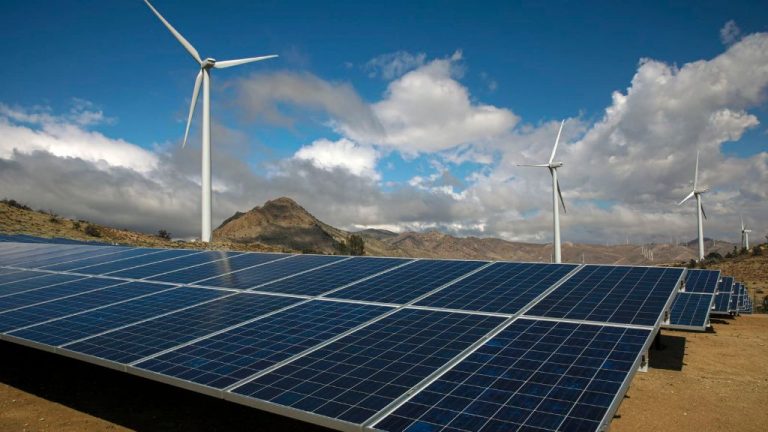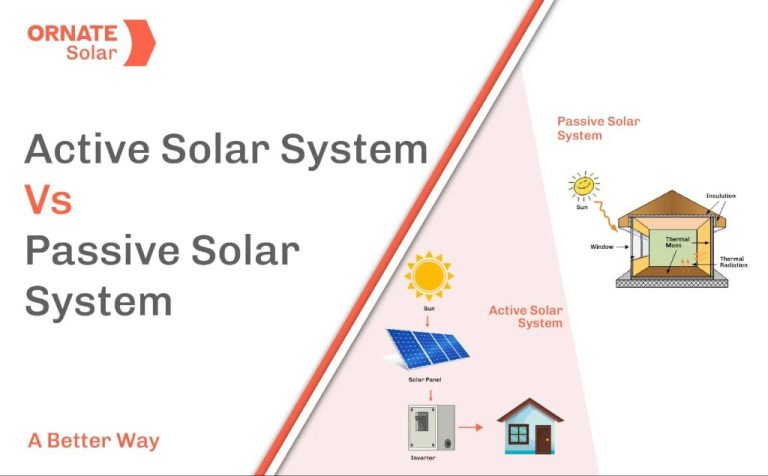Will We Run Out Of Renewable Energy?
Renewable energy has gone from a niche industry to a major force in electricity generation over the past two decades. As worries grow over climate change and finite fossil fuel reserves, debate continues over whether renewables can realistically meet the world’s voracious energy appetite over the long term.
This article examines the prospects and challenges for renewable energy scaling up to meet future demand. Can innovations in solar, wind, hydro, geothermal and other renewable technologies allow them to shoulder the bulk of global energy production? Or are their limits and drawbacks too great?
Defining Renewable Energy
Renewable energy comes from natural sources that are constantly replenished. According to the U.S. Energy Information Administration, the major types of renewable energy sources are:
- Biomass – Includes wood, wood waste, municipal solid waste, landfill gas, biogas, and biofuels
- Hydropower – Energy harnessed from moving water
- Wind – Power from the movement of air
- Solar – Energy from the sun used for solar heating and electricity
- Geothermal – Heat energy generated and stored in the earth
- Ocean – Mechanical power from the tides and waves, and thermal energy from the sun’s heat
Unlike fossil fuels, which draw on finite resources, renewable energy sources regenerate and cannot be depleted. Shifting energy generation to renewables like solar, wind, and hydropower helps reduce carbon emissions and provides sustainable energy solutions (U.S. EIA).
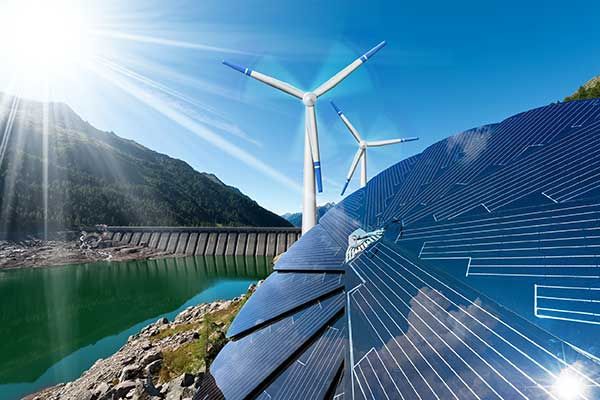
Global Energy Demand
Global energy demand is projected to continue growing at a rapid pace in the coming decades. According to the International Energy Agency (IEA), energy demand could grow by 8% between 2018 and 2030 under current policies (IEA, 2022). Developing countries are expected to account for most of this increased demand, as economic and population growth drives higher energy consumption. The IEA projects that India will contribute 25% of the global energy demand growth to 2040, while China and Africa together will account for over 40% (ExxonMobil, 2024). Overall, global energy demand is being shaped by industrialization, urbanization, rising living standards, and increasing access to electricity in developing countries.
At the same time, efficiency improvements and slower economic growth in developed countries like the United States, Europe, and Japan will restrain energy demand growth in those regions. The IEA predicts energy demand in advanced economies will only increase around 5% to 2040. Nevertheless, total world energy consumption is still expected to rise by over 25% in the next two decades, creating pressure to rapidly scale up energy supplies.
Limits of Fossil Fuels
Fossil fuels like oil, coal, and natural gas are finite resources. The concept of “peak oil” proposes that global oil production will eventually reach a maximum rate, after which production will gradually decline as remaining reserves are depleted. According to the Hubbert peak theory developed by geologist M. King Hubbert, peak oil typically occurs when about half of the ultimately recoverable oil in a region has been produced (Hubbert peak theory).
Recent assessments suggest that peak conventional oil occurred in 2006-2008. Unconventional reserves, such as shale oil, tar sands, and deepwater wells, have enabled continued production growth in the last decade. However, there are concerns about the higher costs, lower energy returns, and greater environmental impacts associated with extracting unconventional oil (Unextractable fossil fuels in a 1.5 °C world). Ultimately, oil is a finite resource and global production will inevitably decline. The debate centers around when exactly this peak and decline will occur.
Growth of Renewables
The global growth in renewable energy capacity has accelerated over the past decade. According to the International Energy Agency, the world’s renewable power capacity grew by over 60% between 2010-2020, led by solar PV and wind power. In 2021 alone, renewable electricity capacity additions broke another record, growing by over 260 GW. This was over 50% higher than 2020 additions and close to the total installed power capacity of Japan.
Many countries have set ambitious renewable energy targets for the coming decades. As of November 2022, 166 countries had renewable energy targets, 119 of which were economy-wide. For example, the European Union aims for renewables to provide 32% of final energy demand by 2030. The United States is targeting zero-carbon electricity by 2035, which would require massive scaling of solar, wind, hydro and other renewables. Major emerging economies like India and Brazil also have goals to install hundreds of gigawatts of renewable capacity by 2030.
If achieved, these national goals would drive rapid growth in renewables globally. Under the International Renewable Energy Agency’s ‘Transforming Energy Scenario’, total renewable power capacity could increase from around 2,800 GW in 2020 to over 8,000 GW by 2030. Wind and solar would make up 90% of additions, growing to supply up to 44% of global electricity by 2030.
Challenges for Renewables
One of the key challenges for renewable energy is the intermittency of sources like solar and wind. The sun doesn’t always shine and the wind doesn’t always blow, meaning these sources provide inconsistent power generation throughout the day. This presents difficulties in matching supply to demand on the electric grid. Battery storage can help, allowing excess renewable generation during peak sunlight and wind to be stored and discharged when needed. However, at scale, affordable grid storage remains limited. New long-duration storage technologies are emerging but have not yet reached mass deployment (Miao 2021).
Transmission is also a challenge. Many of the best renewable energy sources, like solar, wind, geothermal, and hydro power, are geographically distant from population centers with high energy demand. New high voltage transmission lines can bring remote renewables to cities efficiently over long distances. But building new transmission has faced hurdles like siting concerns, costs, and policy barriers (ACEG 2020, Klass 2017). Overcoming these challenges will be key for renewables at scale.
Potential of Renewables
While some non-renewable energy sources are being depleted, the potential for renewable energy is vast and largely untapped. The National Renewable Energy Laboratory estimates the technical potential of solar power in the United States alone to be over 400,000 TWh per year, dwarfing the country’s current annual electricity consumption of about 4,000 TWh (Source: https://www.nrel.gov/gis/re-potential.html). Significant potential also exists for wind power, hydropower, geothermal energy and other renewables.
According to the Department of Energy, wind power capacity could feasibly reach over 10,000 GW in the U.S., over 30 times current levels. Hydropower, already a major renewable source globally, has the potential to grow even further with new technologies like marine hydrokinetic power from ocean waves and tides. Geothermal energy potential is estimated at over 100 GW, primarily in western states. Other renewables like bioenergy and hydrogen offer additional opportunities (Source: https://www.energy.gov/eere/renewable-energy).
With smart investments and supportive policies, renewables have the technical potential to far surpass current energy demand globally. Only a fraction of this potential has been utilized so far. While intermittency and grid integration pose challenges, the vast potential of renewables means those obstacles can likely be overcome to transition the world toward sustainable energy.
Role of Policy
Government policies play a critical role in accelerating the growth of renewable energy and transitioning away from fossil fuels. According to the International Energy Agency (IEA), policy stability and predictability are key to enabling renewable energy investments and growth (IEA, 2022). The IEA recommends policy makers take a holistic energy system perspective and implement policies that support system integration of renewables. This includes market design, enabling infrastructure investments, and policies that value flexibility (IEA, 2022).
Examples of effective renewable energy policies include feed-in tariffs, renewable portfolio standards, production tax credits, investment tax credits, and net metering. The American Clean Power Association advocates for policies like long-term extensions of tax credits, which provide market certainty and spur investments in renewable energy projects (ACP, 2023). Studies show renewable energy policies have been successful in driving rapid growth, and continued support through stable, predictable policies will be critical for the ongoing transition to renewable energy worldwide.
Conclusion
In summary, while fossil fuels currently supply the majority of the world’s energy, they are finite resources that are declining. At the same time, global energy demand is rising with population growth and development. Renewable energy sources like solar, wind, hydro, geothermal and biomass offer a sustainable long-term solution, and their costs have dropped dramatically in recent decades.
However, scaling up renewables faces challenges around intermittent supply, storage, transmission infrastructure and costs. With supportive policies, technological advances and falling prices, renewables have huge potential to displace fossil fuels. Many studies show that 100% renewable energy is achievable globally by 2050 with sufficient political will and investment. The transition will require substantial effort, but is necessary to sustainably meet energy needs while addressing climate change and reducing environmental impacts.
The future is bright for renewable energy to transform our energy system, society and economy in coming decades. With ingenuity and commitment, we can accelerate the renewable energy transition to build a cleaner energy future for all.
References
International Energy Agency. 2020. “Global Energy Review 2020.” IEA, Paris https://www.iea.org/reports/global-energy-review-2020
World Energy Council. 2020. “World Energy Resources – Renewables.” World Energy Council, London. https://www.worldenergy.org/topics/renewables
Zinaman, Owen R. and Logan, Jeffrey and Bazilian, Morgan. 2022. “The Geopolitics of Renewable Energy.” Center for Strategic & International Studies (CSIS). Washington D.C. https://www.csis.org/analysis/geopolitics-renewable-energy
International Renewable Energy Agency. 2021. “Renewable Power Generation Costs in 2020.” IRENA, Abu Dhabi. https://www.irena.org/publications/2021/Jun/Renewable-Power-Costs-in-2020
U.S. Energy Information Administration. 2022. “International Energy Outlook 2022.” EIA, Washington D.C. https://www.eia.gov/outlooks/ieo/

